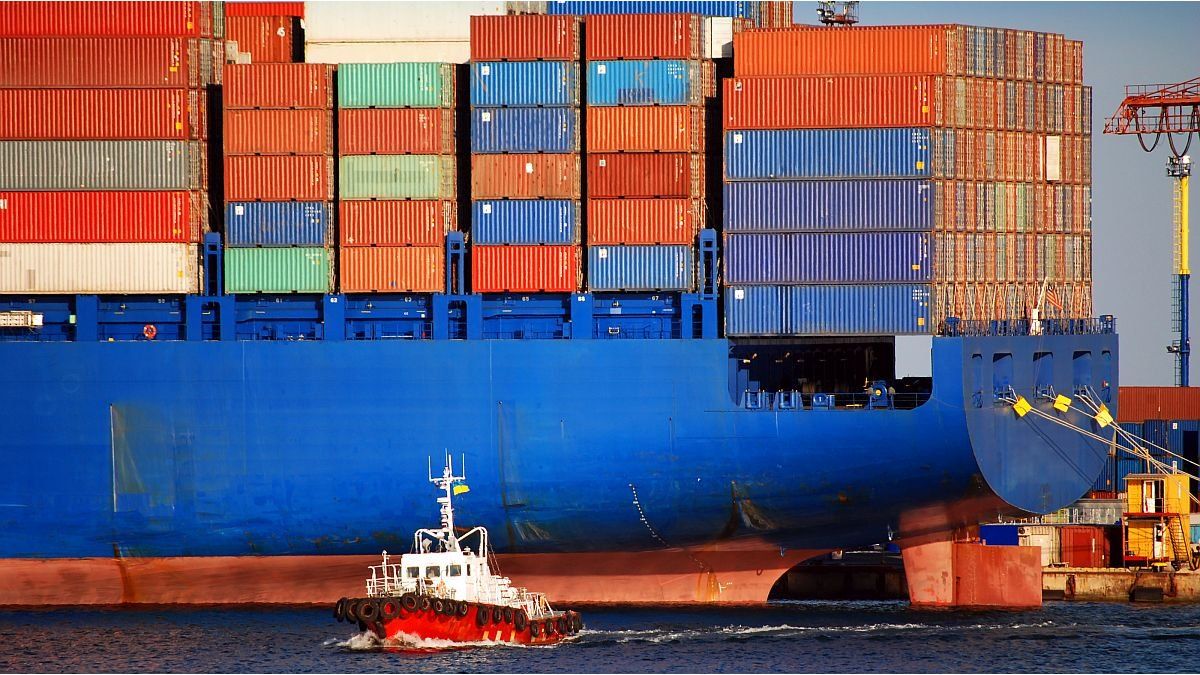In the context of a productive activity in sharp decline and while the economic team continues with its bet on the bond BOPREAL as a way to channel the large stock of import debtthis Wednesday the tap will be opened so that some 10,000 micro, small and medium-sized businesses (MSMEs) begin to regularize the situation with their suppliers. Starting this week, you will be able to access the official dollar to pay off a portion of its business liabilities.
It is a set of SMEs that have commercial debts of up to US$500,000 declared in the registry prepared by the Ministry of Commerce and the Federal Public Revenue Administration (AFIP). These firms will be able to access the Single and Free Exchange Market (MULC) starting tomorrow to settle their liabilities with foreign suppliers in a phased manner.
The stipulated start date was February 10, but since it fell on a weekend, it will take effect on the first business day thereafter. Thus, until March 9, the Central Bank (BCRA) will allow them to buy up to US$50,000 to pay off commercial debts. Starting March 10, they will be able to access a second tranche of up to US$100,000. And from April 10, at a time when the Government is betting that there will already be a greater income of foreign currency as a result of the large harvest, they will be able to access to cancel the remaining amount of their registered debt.
The decision was made days ago by the BCRA, once demand improved (especially from large companies) for Series 1 of the BOPREAL, the bond issued by the entity for importers indebted to their suppliers that is subscribed in pesos and generates a commitment to pay in dollars in the future.
According to Minister Luis Caputo, this allows a solution to be provided to 80% of importing SMEs with commercial liabilities and represents an amount of around US$1.2 billion. A small portion of the stock of import debt detected through the registry for a net total of US$42.6 billion, after discounting the US$8.5 billion that were already canceled outside the exchange market.
According to official data, among the 10,000 firms that will be able to access the MULC, more than 5,100 are micro companies, about 3,900 small and about 1,000 medium-sized, which represents “almost 80% of the total universe of MSMEs and more than 70% of the total number of companies registered in the Register”, specified the BCRA.
In a context of sharp deterioration in consumption and decline in different branches of economic activity, the measure represents a relief for the SMEs reached. Now, at least they will be able to regularize the situation with their suppliers and regain access to imported inputs necessary to produce. However, the bulk of the import debt still needs to be resolved.
Commercial debt and BOPREAL
In addition to the US$1.2 billion that this group of SMEs will be able to access, there are another US$5 billion that were already channeled in January through series 1 of BOPREAL. In February, as Ámbito reported, the BCRA aims to place another US$5,000 million through the second and third series: US$2,000 million with series 2 and US$3,000 million with series 3.
Series 2 matures in June 2025, will be amortized in twelve monthly installments starting in July 2024 and will not generate interest. Series 3 matures in May 2026, will be paid in three quarterly installments starting in November 2025 and will yield a dollar rate of 3% annually.
Last week, there was first series 2 tender. In it, only SMEs with declared commercial debts of more than US$500,000 could participate to give them priority. The BCRA received 349 offers and awarded them in their entirety for a nominal value (NPV) of only US$271 million. Thus, 54% of the US$500 million offered in this auction was placed, that is, below previous expectations.
From the next placement, you will also be able to access the big enterprises. In fact, as this newspaper reported, it is in them where the expectations of officials are placed. They know that they have the bulk of the stock of commercial liabilities and, in addition, SMEs have had problems getting their suppliers to accept the bonus.
The BOPREAL is the economic team’s bet to begin to decompress the situation of the swollen commercial debt in a context of scarcity of reserves and, at the same time, it is a way to aspire pesos into the hands of the private sector. For these two reasons it is that Javier Milei, Luis Caputo and Santiago Bausili They consider it key to reducing and liquefying the peso liabilities of the BCRA and “organizing” the flow of dollars in view of the lifting of the stocks and the definition of a new monetary regime in a second stage.
In this sense, the former Minister of Economy, Martín Guzmán, insisted in recent days on a warning that he has been making since January: that the BOPREAL is the first concrete step of the Government in search of dollarize the economy because it involves converting “the remunerated liability of the Central Bank in pesos into a liability in dollars.”
Source: Ambito




